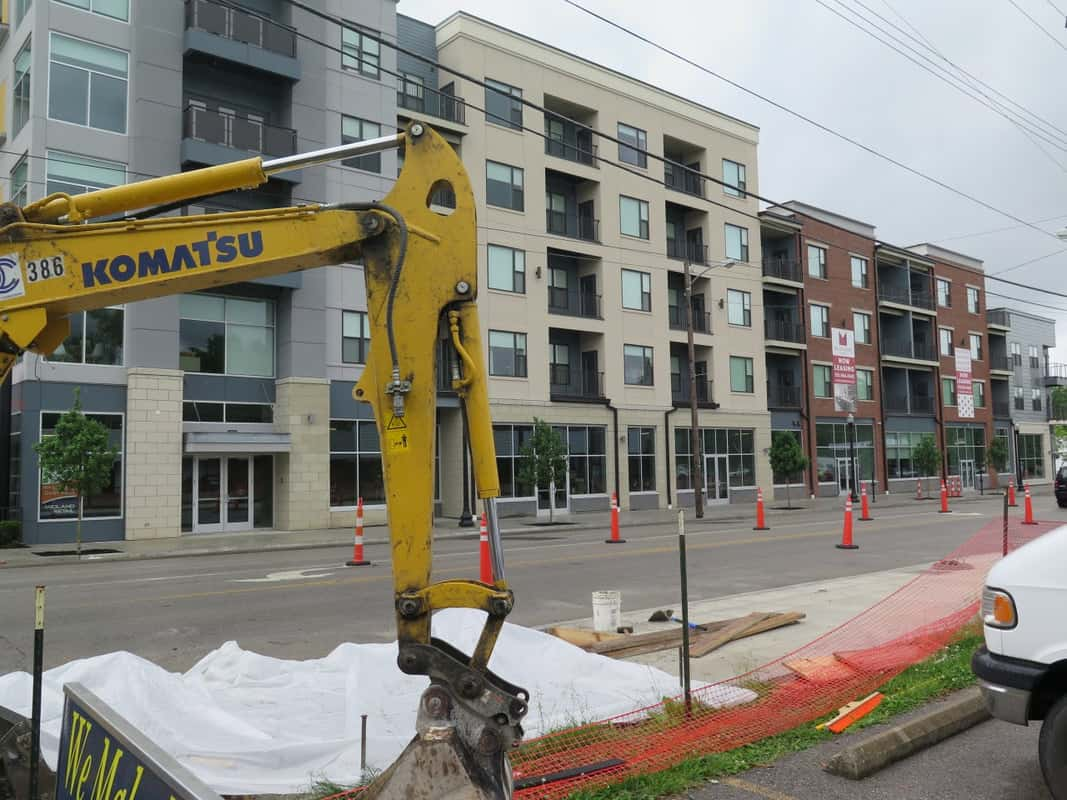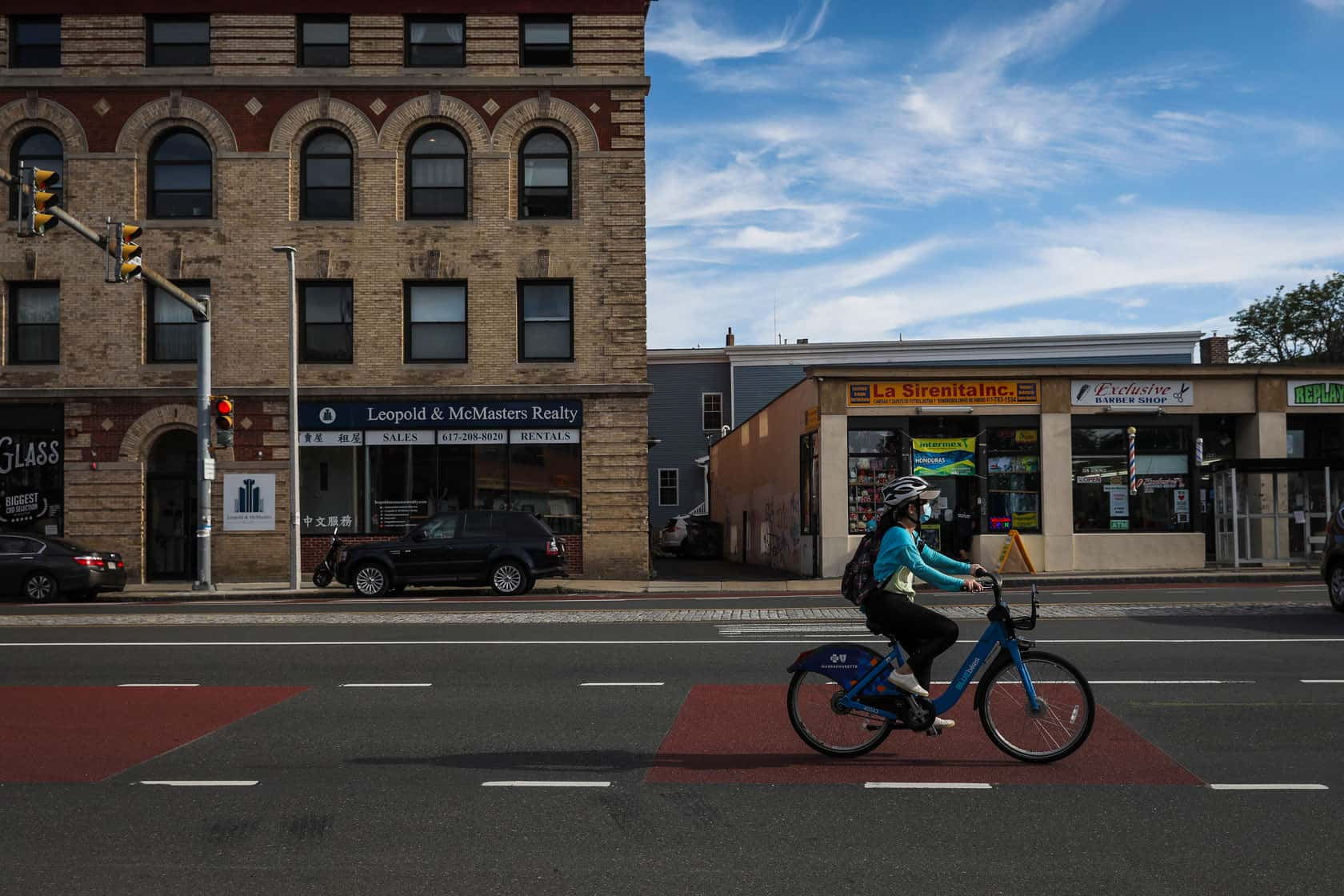Low-income renters in the United States continue to face significant challenges in finding affordable and available housing, with no state effectively addressing the shortage of affordable rental units for the most financially vulnerable individuals.

According to the National Low Income Housing Coalition’s annual “Gap Report,” there is a shortage of approximately 7.3 million homes for extremely income-constrained renters
A study conducted by 24/7 Wall St. analyzed the number of affordable and available rental homes per 100 extremely low-income renter households to determine the states with the worst supply of affordable housing. The report relied on data from the Gap Report and the U.S. Census Bureau’s 2021 American Community Survey. Texas, for instance, has a mere 25 affordable and available residential rental units for every 100 extremely low-income renter households. The situation is even more dire in major cities such as Austin, Dallas, and Houston, where there are fewer than 20 affordable and available units per 100 extremely low-income household renters.
California, often compared to Texas due to its large population and differing public policy views, faces a similarly challenging situation
The state has 24 affordable residential rental units for every 100 extremely low-income renters, despite its relatively high median household income of nearly $85,000. Even in California‘s major cities like San Diego, Los Angeles, and Riverside, there are only 19 to 20 affordable and available rental units per 100 economically constrained renter households.
The problem of housing shortages affects the entire country, but the situation is particularly critical in states with high populations. The top 10 most populated states, which represent 54% of the country’s population, have an average of only 33 affordable and available rental homes for every 100 extremely low-income renter households. The availability ranges from 23 per 100 in Florida to 40 per 100 in Ohio. Surprisingly, there seems to be no correlation between statewide median income and the availability of affordable rental units for the extremely poor. For instance, Nevada has a similar median household income as South Dakota but has a much lower availability of affordable rentals.
READ ALSO: Trump Responds When Asked If He Will Withdraw From The 2024 Election Following His Detention




